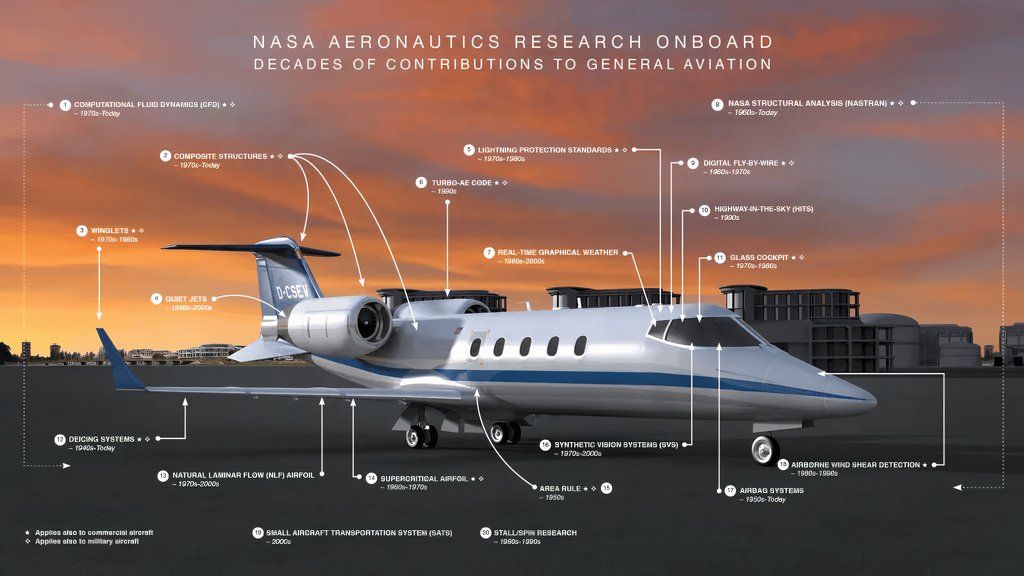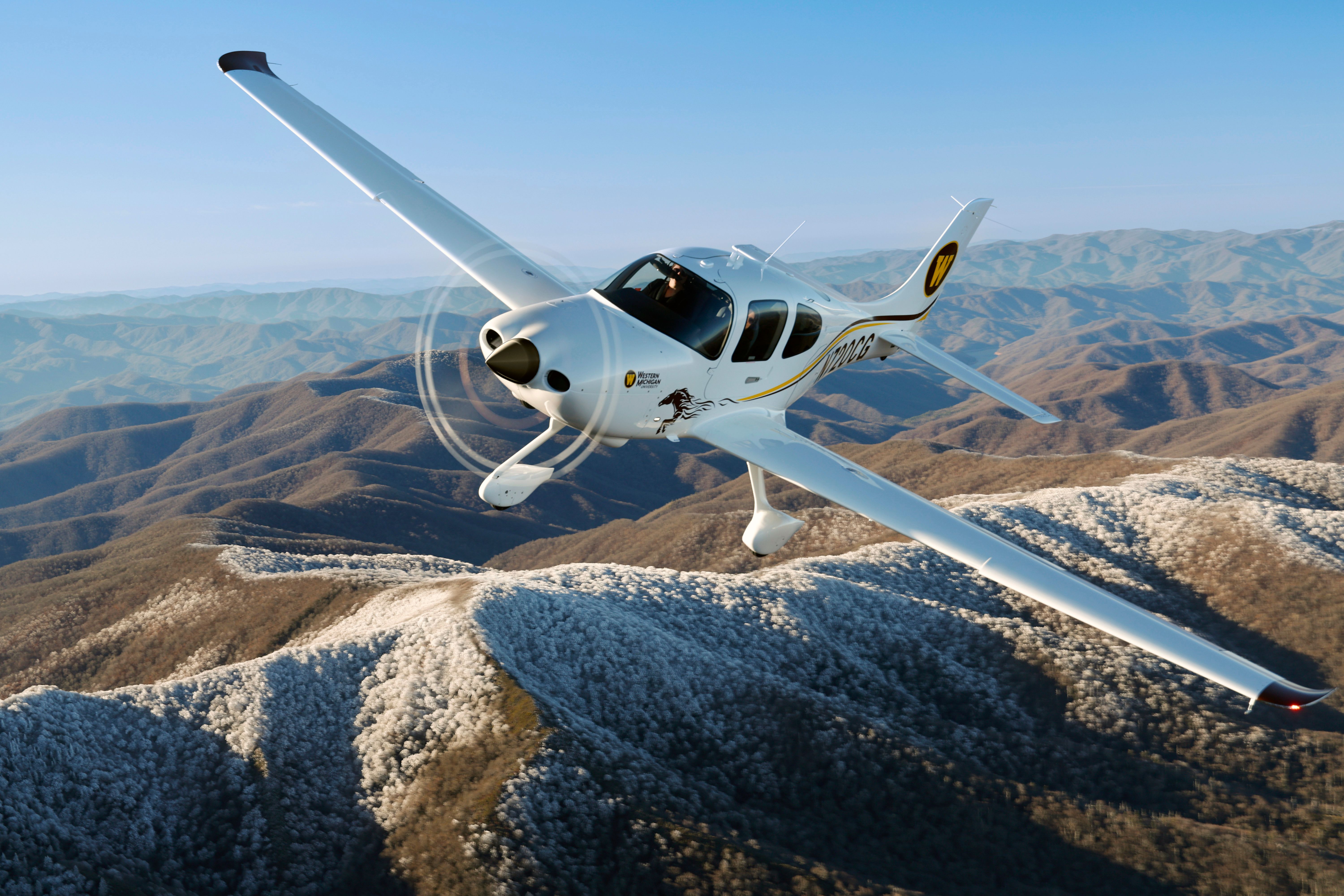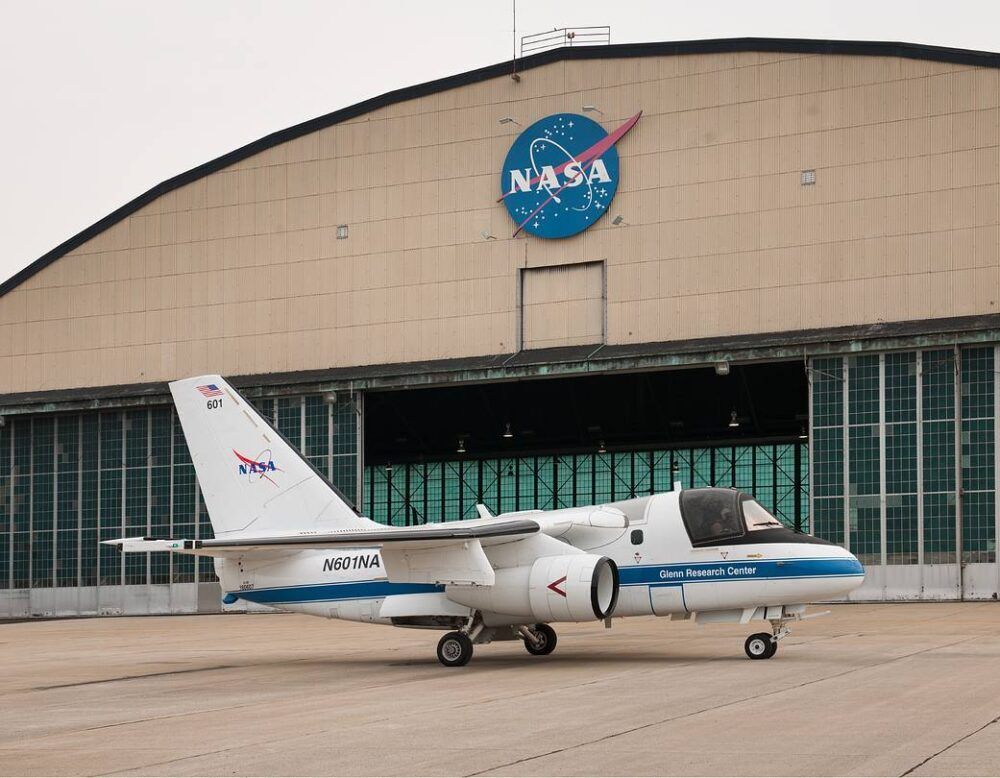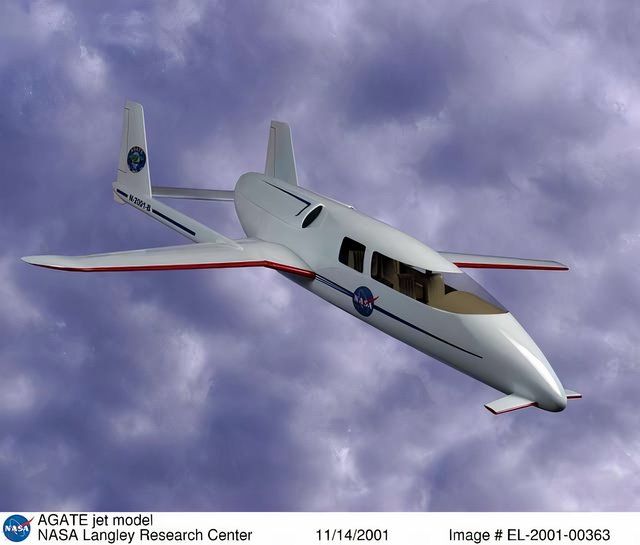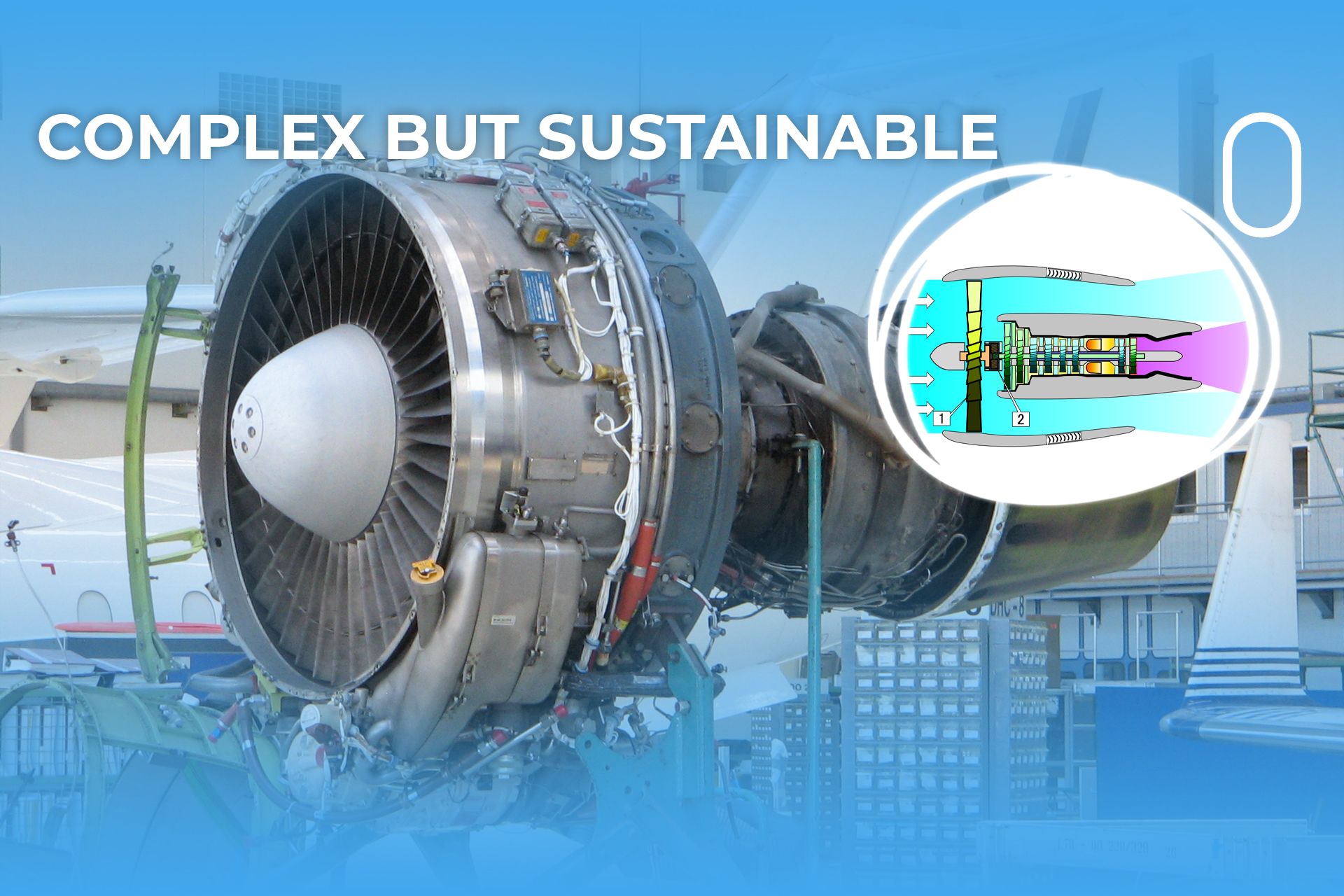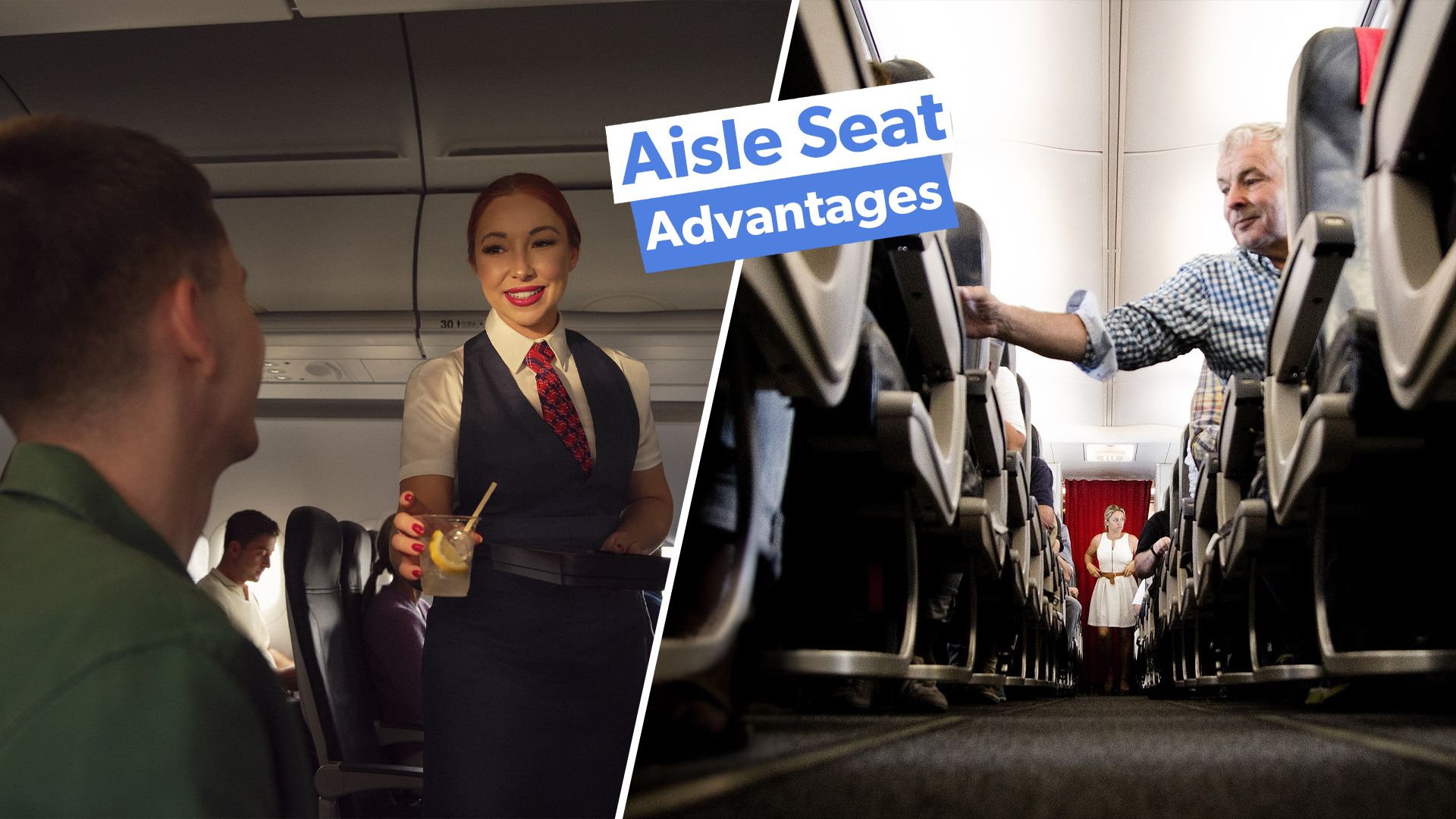Advanced General Aviation Transport Experiments AGATE developed technological features for safe, low-cost, and efficient private aircraft. Small Aircraft Transportation System SATS was charged with creating a transportation system to reduce congestion at major airports and interstate highways to support primary leadership and budgetary control. It lasted for eight years, from 1994 to 2001.
NASA
, the FAA
, and around 72 US organizations, including the general aviation industry, universities, and non-profit organizations, joined the program trends. The alliance took two years to be assembled. It collaborated to develop safer, more affordable aircraft, user-friendly flight technologies, and simple airport operations. Agreement authorities were standardized, along with the Space Act Authority.
The program focused on generating end-user standards, linking to FAA certification requirements, improving crashworthiness, and attracting private-sector investment. It also focused on developing guidelines for Standards and Certification GS&C, which were assured by open participation by all US general aviation. Cost sharing among participants ensured that only the industry-supported standard would be undertaken during the program.
Photo: Developed Technology | NASA
The program achieved its performance goals using NASA’s policy and strategic objectives, organizational unit goals, and specific program/project performance measures. Commercial and academic participants developed avionics advances, noise prediction software, and new usages for composite materials.
The NASA-funded program was completed with substantial private sector contributions and close coordination with other federal agencies and small business programs. It received $69 million over eight years, with $40 million spent on direct technical research and $29 million on systems assurance, program management, and alliance management. The total expenditures were approximately $140 million.
The agency’s diverse missions necessitate collaboration of all scales and types. A large academic research community and contractors have become permanent members of its resource pool.
Photo: NASA
Why was AGATE initiated?
General aviation underwent a decline in economic prominence in the late 1970s, reaching record lows in the mid-1980s before healing in the late 1990s. American GA aircraft production fell from 18,000 in 1978 to 954 in 1993, causing regulatory limitations, liability suits, and a lack of product innovation, leading to increased prices and bankruptcy for some businesses.
“NASA, however, saw great potential within the GA industry to revolutionize the US transportation system.” NASA SPINOFF
General aviation is a smaller aircraft category used for personal, small package, and business transportation. The
Federal Aviation Administration
FAA regulates the industry to ensure the safety of planes and pilots and their operation in national airspace. The process involves a detailed review of new equipment or aircraft proposed for sale by a general aviation manufacturer.
The lack of technology adoption for new general aviation product improvements is due to high product liability costs and uncertain certification costs. Information technology advancements in large aircraft cannot migrate into smaller aircraft due to a lack of standards. Small companies developed new technologies, but only some had the resources to overcome certification and ensure standards compatibility with other suppliers.
These conditions divert resources from research and development, and the industry’s ability to adopt externally generated technologies declines. Industry leaders recognize the absence of technology-based innovation, but only some companies or trade associations can launch an industry-wide effort to address certification and industry standards.
The innovative achievements of AGATE
The program was based on recommendations made by a General Aviation Task Force. The recommendations focused on the industry capabilities, which included:
- Propulsion, Noise, and Emissions: evaluate technologies that permit the aircraft to operate more quietly, with fewer emissions, and use less fuel while meeting environmental standards worldwide.
- Aeronautics Systems: Introduce innovative cockpit technologies to enhance pilot training and improve aviation safety.
- Aerodynamics: Present technology for greater aircraft speed efficiency, carrying capacity, and fuel consumption.
- Structures and Materials: Transfer knowledge of refined metallurgic and composite materials to the private sector.

5 Ways Composite Materials Have Revolutionized Aircraft Design
Composite materials increase the life span of the aircraft.
The
noise concerns
resulted in the creation of another task element team, the Integrated Design and Manufacturing technical team, focused solely on noise prediction and limitation within general aviation aircraft. The resulting software code has been adopted and is portable across multiple platforms. The alliance reported that it is also being applied to commuter aircraft design.
The transportation system at Atlanta Olympic Games 1996
At the 1996 Summer
Olympic Games
in Atlanta, AGATE evaluated technologies developed for helicopter transportation and public safety services. Participation in the Atlanta Short-haul Transportation System ASTS involved up to 50 helicopters equipped with designed avionics, proving communications, navigation, and surveillance concepts.
The FAA regulated new free flight tests during the Olympics, funded by NASA’s aviation safety program. This technology aided pilots in safe and efficient missions and benefited ground personnel by indicating the aircraft’s precise location for timely operations.
The initial plan was to collect over 1,400 hours of flight data on operational use and human factors. The technology involved electronic “highways in the sky” and GPS-based position updates, which assisted pilots in safe and efficient missions and ground personnel in timely deployment.
AGATE’s primary tools for promoting innovation and technology exchange were the Small Business Innovation Research SBIR and Small Business Technology Transfer STTR programs.
Cirrus uses the derived benefits in producing its Cirrus SR20 and the faster, more powerful SR22 private aircraft. The SR22 has been the top-selling single-engine airplane.
Photo: Cirrus
Balancing innovation with structural challenges
That basic model’s design comprises policy, management, and tailoring for partnering to address partnering issues. The program’s tailoring followed a systemized process created for structured program partnerships and supported by a standing NASA commercialization program known as the Joint Sponsored Research Program.
An assessment of the effectiveness of the program management model by Masson, P., & Warner, T. P. stated that the participants rated AGATE as achieving its primary objectives and being effective in most areas. However, there was a tradeoff between high measures for relevance, cost, speed, and public benefit and lower measures for institutional implementation and flexibility.
Photo: NASA
This trade-off reflects similar patterns found in private-sector surveys of alliances and partnerships. The effectiveness measures were assessed against the program’s stated goals. Participants recognized the lack of integration because of a desired “decentralized” approach. NASA business managers rated the program medium to low due to its difficulty applying on the ground.
The program’s planning managers faced several strategic challenges in formulating the program plan, such as:
- NASA’s lack of general aviation-focused research capability was due to a decision in the mid-1980s that resulted in a scattered network of researchers interested in general aviation work without the span to undertake a comprehensive program.
- There was a need to impact a broad industry without favoring a small group of companies. This involved incorporating new startup general aviation companies with innovative product ideas without the capital and track record.
- The fixed budget over the eight years of the program led to difficult trade-offs and the need to find ways to leverage small investments into industry-wide impacts.
- The gradual shift in expectations for federal program management and performance translated into changing expectations of the program’s effectiveness.
Photo: NASA Identifier: L2001-1367 | DVIDS
According to the Journal of Aviation, in 2004, while most collaborators were satisfied with their involvement, some argued that government bureaucracy hindered their effectiveness and drove away good partners. It took approximately two years for participants to develop trusting relationships, which reduced AGATE’s power.
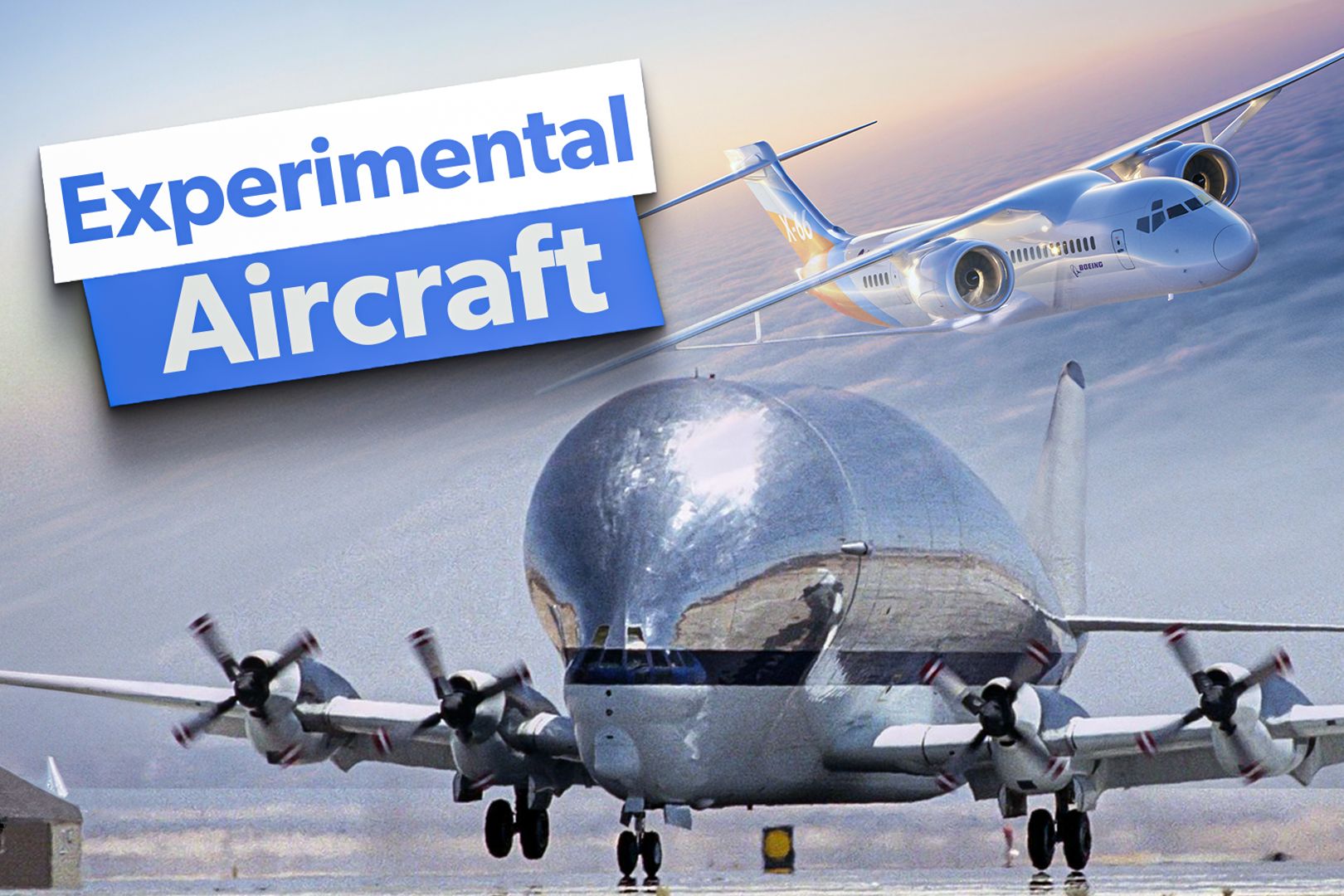
5 Key & Experimental Aircraft Flown By NASA
NASA is at the cutting edge of aviation with its X-series experimental aircraft and operates many other remarkable aircraft.


